ethernet wiring, which cable to choose?
janesylvia
11 years ago
Related Stories

DIY PROJECTSHide All Those Wires in a DIY Charging Station
Keep your gadgets handy and charged with a flexible storage board you can design yourself
Full Story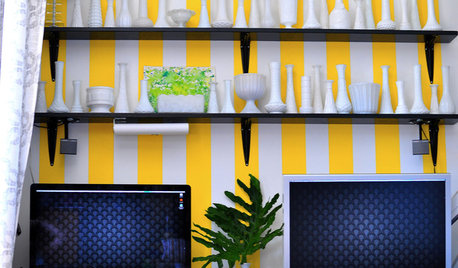
ACCESSORIESHow to Hide Those Messy Wires
Untangle Yourself From Ugly Electrical Cords With a Few Tricks and Accessories
Full Story
MORE ROOMSHome Tech: Getting Rid of Wires Without Sacrificing Sound
Wireless home technology still isn't perfect, but new products are giving audiophiles choices
Full Story
LIGHTING10 Ways With Wall Lights That Don’t Need to Be Wired In
Learn how to add illumination to your home without carving into the walls
Full Story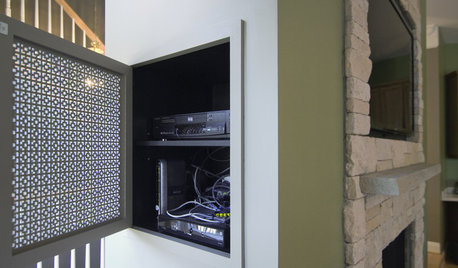
DECORATING GUIDESHow to Hide Your TV Cables
Make your TV room clutter-free by hiding your electronics in the wall
Full Story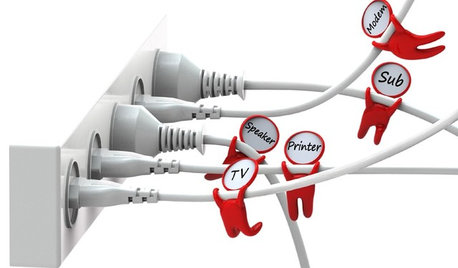
MORE ROOMSOn Trend: Smart Solutions for Cords
Show those cables and wires who's boss with these clever solutions for the home office
Full Story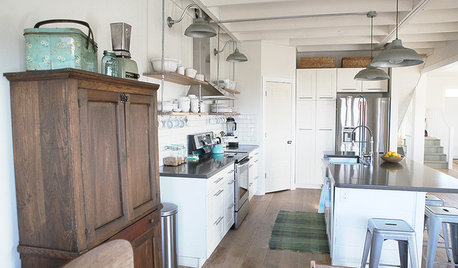
DESIGN DICTIONARYConduit
A conduit inside a building serves as a channel for electrical cables and wires
Full Story0

HOME TECHTote Your Tunes to Any Room With a Portable Wi-Fi Sound System
Free your home's music setup from wires with Wi-Fi speakers that let you take high-quality audio anywhere
Full Story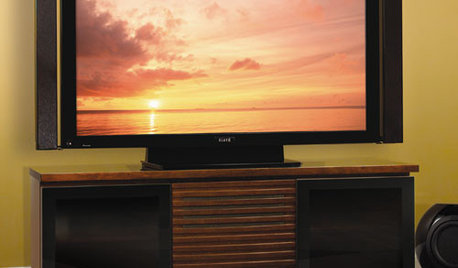
MEDIA ROOMSHome Tech: Making a Media Console Work
How to manage your TV and component's wires, ventilation and communication with the remote control
Full Story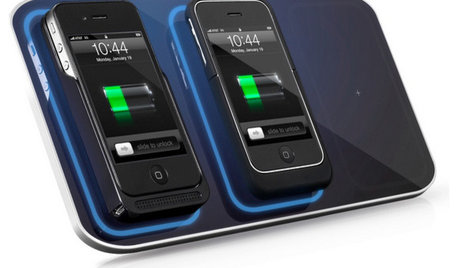
HOME TECHReady to Bid Good Riddance to Charging Cords?
A new breed of base stations will reduce wires, decluttering homes and saving sanity everywhere
Full Story







weedmeister
yosemitebill
Related Professionals
Dedham Electricians · Aberdeen General Contractors · Geneva General Contractors · Linton Hall General Contractors · National City General Contractors · South Windsor General Contractors · Springfield General Contractors · Williamstown General Contractors · Williston General Contractors · Carpinteria Solar Energy Systems · Sanger Solar Energy Systems · Syosset Solar Energy Systems · Voorhees Solar Energy Systems · West Hartford Solar Energy Systems · Valle Vista Home Automation & Home Mediadoofus
tjdabomb
tjdabomb
alan_s_thefirst
janesylviaOriginal Author
weedmeister
weedmeister
alan_s_thefirst
alan_s_thefirst
yosemitebill
tjdabomb
tjdabomb
yosemitebill
tjdabomb
yosemitebill
tjdabomb
janesylviaOriginal Author
alan_s_thefirst
janesylviaOriginal Author
alan_s_thefirst
tjdabomb
alan_s_thefirst
janesylviaOriginal Author